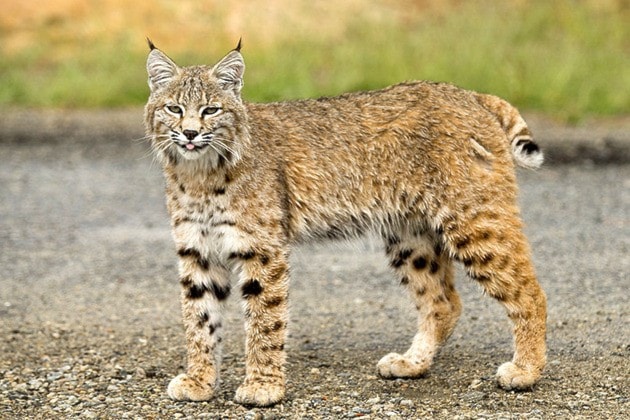Editor, The Times:
A bobcat/lynx MSc (Master of Science) study is currently under way at the University of BC Okanagan, in partnership with B.C.'s Ministry of Environment, and we need your help.
We are seeking photos of bobcats and lynx captured by trail cameras, or conventional cameras, from all corners of the province and from all time periods to help determine the current provincial distribution of each species. We think that bobcats are moving northwards and into higher elevations.
The photos do not have to be great photography - they just have to show a bobcat or a lynx, or even just a part of one. Photos can be blurry or dark and don't even have to clearly show which cat species is present. When sending photos, please include both the date and location of each photo. Location should be as specific as possible: most preferred is UTM or LAT/LONG coordinates. If that information is not available, then please provide the name of the nearest road or landmark (including distance and direction  from road or landmark), or nearest town (including distance and direction from town), or watershed or Management Unit.
from road or landmark), or nearest town (including distance and direction from town), or watershed or Management Unit.
Photos will be used for data only (which species was where and when) and will not influence management decisions regarding hunting/trapping bag limits or season dates. Photos will not be published or shared with anyone without permission, and photographers will retain ownership of their photos. Feel free to email any questions or comments that you may have about this project to the address below. The results of this study will be gladly shared with all those who are interested.
Please send photos, along with the date and location of each photo, to TJ Gooliaff at tj.gooliaff@ubc.ca.
TJ Gooliaff
UBC Okanagan
Kelowna, B.C.
PHOTOS: Main: A bobcat stands on a gravel road. Slightly smaller than a lynx, a bobcat has shorter ear tufts, smaller feet and a banded tail with a tip that is black on top and white underneath. The lynx's tail has an all-black tip.
Left: A lynx walks on top of snow in a daylight trail-cam photo. Its large feet and long legs help it catch snowshoe hares, its principal food.
Below: A bobcat passes a trail-cam at night. Most such cameras use infrared lighting that is not seen by the animal. All photos submitted

